KSAT unveils automated Ka-band network
Tuesday, 08 August 2023 11:00
KSAT is establishing an automated Ka-band ground network for small satellite constellations
The post KSAT unveils automated Ka-band network appeared first on SpaceNews.
Busek lauds on-orbit performance of OneWeb’s Hall-effect thrusters
Tuesday, 08 August 2023 11:00
In-space propulsion specialist Busek said that more than 100 of the company’s BHT-350 Hall-effect thrusters are operating in orbit on OneWeb communications satellites.
NASA search and rescue team prepares for safe return of Artemis II crew
Tuesday, 08 August 2023 10:02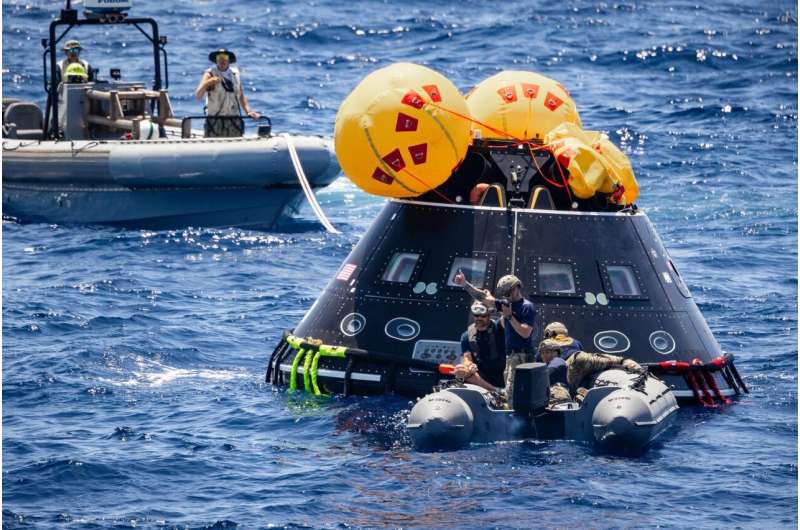
When Artemis II NASA astronauts Reid Wiseman, Victor Glover, Christina Hammock Koch, and Canadian Space Agency astronaut Jeremy Hansen splash down in the Pacific Ocean after a 10-day mission around the moon, NASA's landing and recovery team will be ready to bring the Orion capsule and our astronauts back to land.
A major player in the capsule recovery and Artemis II crew safety is NASA's Search and Rescue office based at the agency's Goddard Space Flight Center in Greenbelt, Maryland, and managed by the Space Communications and Navigation (SCaN) program at NASA Headquarters.
For over 40 years, the search and rescue office has aided the international Cospas-Sarsat Program in the development of search and rescue technologies. These technologies allow hikers, boaters, and pilots activate a distress beacon should they find themselves in trouble. Since 1982, the system has been responsible for saving over 50,000 Earth explorers.
Now, the office is applying their years of expertise to support NASA's Artemis moon missions. For Artemis II, NASA is equipping second-generation beacons called Advanced Next-Generation Emergency Locators (ANGEL) on the astronauts' life preservers and installing another location beacon onto the Orion capsule so both can be located quickly.
Rocket Factory Augsburg gets €30 million investment boost
Tuesday, 08 August 2023 09:59
Rocket Factory Augsburg has secured fresh investment as it pushes towards a first orbit launch attempt from SaxaVord, Scotland.
Antarctica vulnerable to extreme events
Tuesday, 08 August 2023 07:51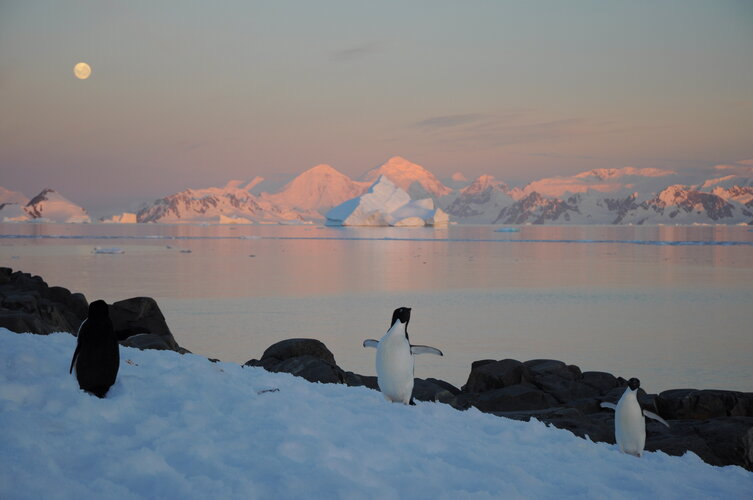
According to the World Meteorological Organization, July 2023 is likely to have been the hottest month on record. While much of Europe, North America and Asia suffered the immediate consequences of these brutal temperatures, extreme events are also hitting hard far away in the icy reaches of Antarctica. In a paper published today, scientists highlight Antarctica’s vulnerability to extremes and the role that satellites play in monitoring this remote region.
Solestial to supply solar arrays for Atomos space tugs
Tuesday, 08 August 2023 02:23
Solestial announced plans earlier this month to supply solar arrays for space tugs developed by Denver startup Atomos Space.
The post Solestial to supply solar arrays for Atomos space tugs appeared first on SpaceNews.
Pale Blue to supply thrusters for Yonsei University cubesats
Tuesday, 08 August 2023 00:02
Japanese startup Pale Blue announced a contract Aug. 7 to supply water vapor thrusters for South Korea’s Yonsei University.
The post Pale Blue to supply thrusters for Yonsei University cubesats appeared first on SpaceNews.
First Starliner crewed flight delayed to 2024
Monday, 07 August 2023 23:07
Boeing has delayed the first flight of its CST-100 Starliner commercial crew vehicle with astronauts on board to no earlier than March 2024 as the company continues to work on issues with the spacecraft’s parachutes and wiring.
Eutelsat and Thaicom go halves on Asia-focused telecoms satellite
Monday, 07 August 2023 22:06
Eutelsat said Aug. 7 it is partnering with a regional satellite operator in Thailand to order a high throughput geostationary telecoms spacecraft over Asia.
Momentus offers smallsat bus based on Vigoride
Monday, 07 August 2023 20:17
In-space transportation company Momentus is now offering a version of its Vigoride tug as a satellite bus for commercial and government customers.
Amazon moves Project Kuiper prototypes from Vulcan to Atlas 5
Monday, 07 August 2023 19:44
Amazon plans to deploy its first pair of Project Kuiper prototypes this fall on an Atlas 5 from United Launch Alliance, the internet giant said Aug.
Boeing's 1st astronaut flight bumped into next year, more repairs needed
Monday, 07 August 2023 19:41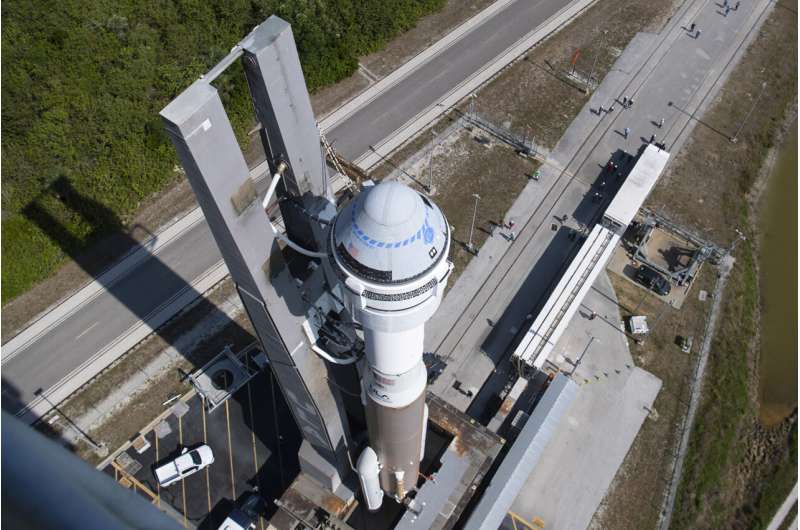
Already running years behind, Boeing's first astronaut flight is now off until at least next March.
Problems with the parachute lines and flammable tape surfaced during final reviews in late spring, ahead of what should have been a July launch for the Starliner capsule.
NASA's deep space communications to get a laser boost
Monday, 07 August 2023 19:39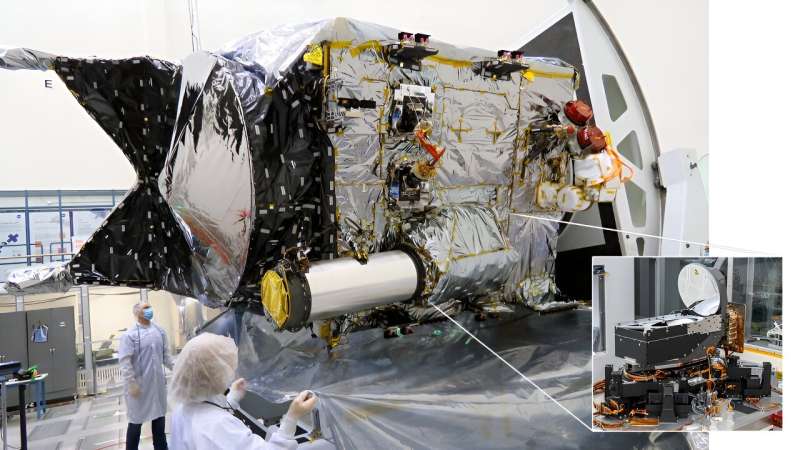
Set to launch this fall, NASA's Deep Space Optical Communications (DSOC) project will test how lasers could speed up data transmission far beyond the capacity of current radio frequency systems used in space. Known as a technology demonstration, DSOC may pave the way for broadband communications that will help support humanity's next giant leap: when NASA sends astronauts to Mars.
A banner year for the Perseid meteor shower
Monday, 07 August 2023 19:35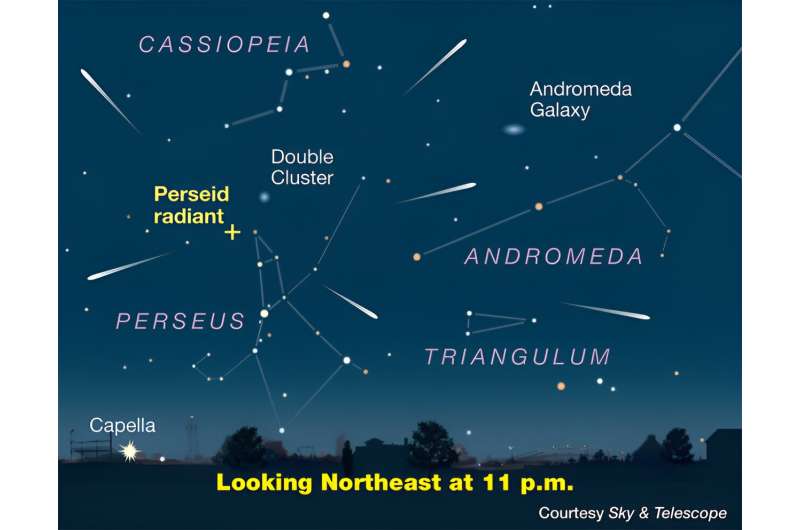
The Perseid meteor shower, a celestial event eagerly awaited by millions of skywatchers around the world, is about to make its annual return to the night sky. The shower is predicted to reach its peak before dawn on Sunday, August 13, but viewers should plan to start looking for meteors already at nightfall on Saturday, August 12. In a dark site away from light pollution, at the peak of the shower, observers might see one meteor per minute.
"Conditions this year couldn't be more perfect," says Diana Hannikainen, Sky & Telescope's Observing Editor. "The waning crescent moon, which is only 8% illuminated, rises in the wee hours of the morning on August 13 and won't interfere with viewing.
NanoAvionics completes LEO satellite for studying black holes
Monday, 07 August 2023 17:52
NanoAvionics is preparing to ship a nanosatellite slated to launch this fall to study black holes and neutron stars from low Earth orbit, the Lithuanian manufacturer announced Aug.
